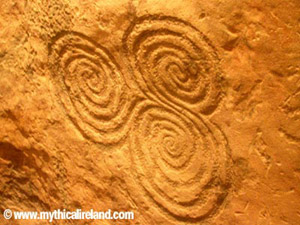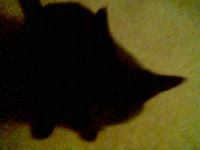Oaks, Kermes, Worms, AA and Things Red
I was filing through my saved pages folder and came across the Universite Tangente diagram which has a page called "Rothschilds". It's an incredibly detailed map of the cross-fertilization and networking that goes on from this one very wealthy and powerful family.
They have similar diagrams for those interested in other powerful organizations.
There was a strange link from the Rothschild family to a blacked out face merely named "Worms".
A bit of googling revealed that "Worms" was the surname of a the man who married Amchel Rothschild's eldest daughter. A little bit more looking around revealed that this family took its name from the town of Worms in Germany. Worms in German pronounced Vawmss. A few articles claim that the root of this word is from the Latin Wormatia.
OK another tangent here.....For some reason of late I've come across people from the A:.A:. crowd hereafter desrcibed as the alfalfa club (alpha-alpha get it?) on the net so I was trying various combinations using aa, worms, alfalfa, Germany, Rothschild etc as there seemed to be a "feeling" something may be there.
Whilst I was searching for Amschel Rothschild on google a mistakenly typed aalchemel, I've done a little bit of alchemic work so more than likely the synapses were't firing 100%......the caffeine and nicotine hadn't really kicked in yet.
So.......taking this as a "sign" I decided to look around at alfalfa, alchemy and worms.
I came across the "Arabic Words used in English" page.
http://www.answers.com/topic/list-of-english-words-of-arabic-origin
Alfalfa is said to come from arabic al-fasfasa or the fodder. It would be interesting to find out what the root fas means. Just as the word alfalfa has two A's or AA fasfasa seems to have has two phonetic F's.
A search of the page revealed that the "worms" reference, referred to the word
"Kermes" from the root Sanskrit krim-ja. (Worm produced.). This was interesting because I've seen references to the word alchemy coming from the form "al-kermes".
Fulcanelli writes about this which I shall get into later.
Kermes : A red dyestuff once prepared from the dried bodies of various female scale insects of the genus Kermes.
A further search on kermes, alchemy and then took me to some another intersting word.
http://members.tripod.com/philomanshomepage/word1.htm
Vermilion / Vermillion [n. ver-MIL-yun]
The color vermilion is bright red, also known as chinese red or cinnabar. There is also the pigment vermilion, which is bright red mercuric sulfide, also called cinnabar.
Another word for bright red color is vermeil, a word imported from Old French that happens to also be a root of vermilion. That word came out of Latin, from vermiculus (a little worm), the diminutive of vermis (worm).
How did a little worm lead to redness? The worm in question was the red larva of a kind of insect (Coccus ilicis) that was used to create red dye. This insect, the kermes (oak tree) scale, passed its name into Spanish as cremesin, which later passed into English as another red color name, crimson.
Vermillion- vermiculus-vermis-worm-kermes-crimson.
I was at a seminar last year where a practising alchemist was asked the question. What is the significance of Fulcanelli's references to the "oak". From some hastily scribbled notes in the back of the book I'll try to recall the reasoning. I knew abouth the Druidic Oc/Ogham connection but was unaware of some of the other relationships.
His reasoning went like this. :
Oak relates to kermes (as we have found out above, the kermes insect (oak tree scale))

I found out later that a triple ring makes up the kermes structure

The shell (coquille) is also found on the Santiago de Compostela pilgrimage trail which was occurring both times I have been to France in August.



















 .
.








 One of the most significant events in Mr Lingiari's life began on 23 August 1966, when he led his Gurindji people and others off the Northern Territory's Wave Hill station to a riverbed nearby. This strike would eventually reshape the agenda of relationships between indigenous Australians and the wider community.
One of the most significant events in Mr Lingiari's life began on 23 August 1966, when he led his Gurindji people and others off the Northern Territory's Wave Hill station to a riverbed nearby. This strike would eventually reshape the agenda of relationships between indigenous Australians and the wider community.


